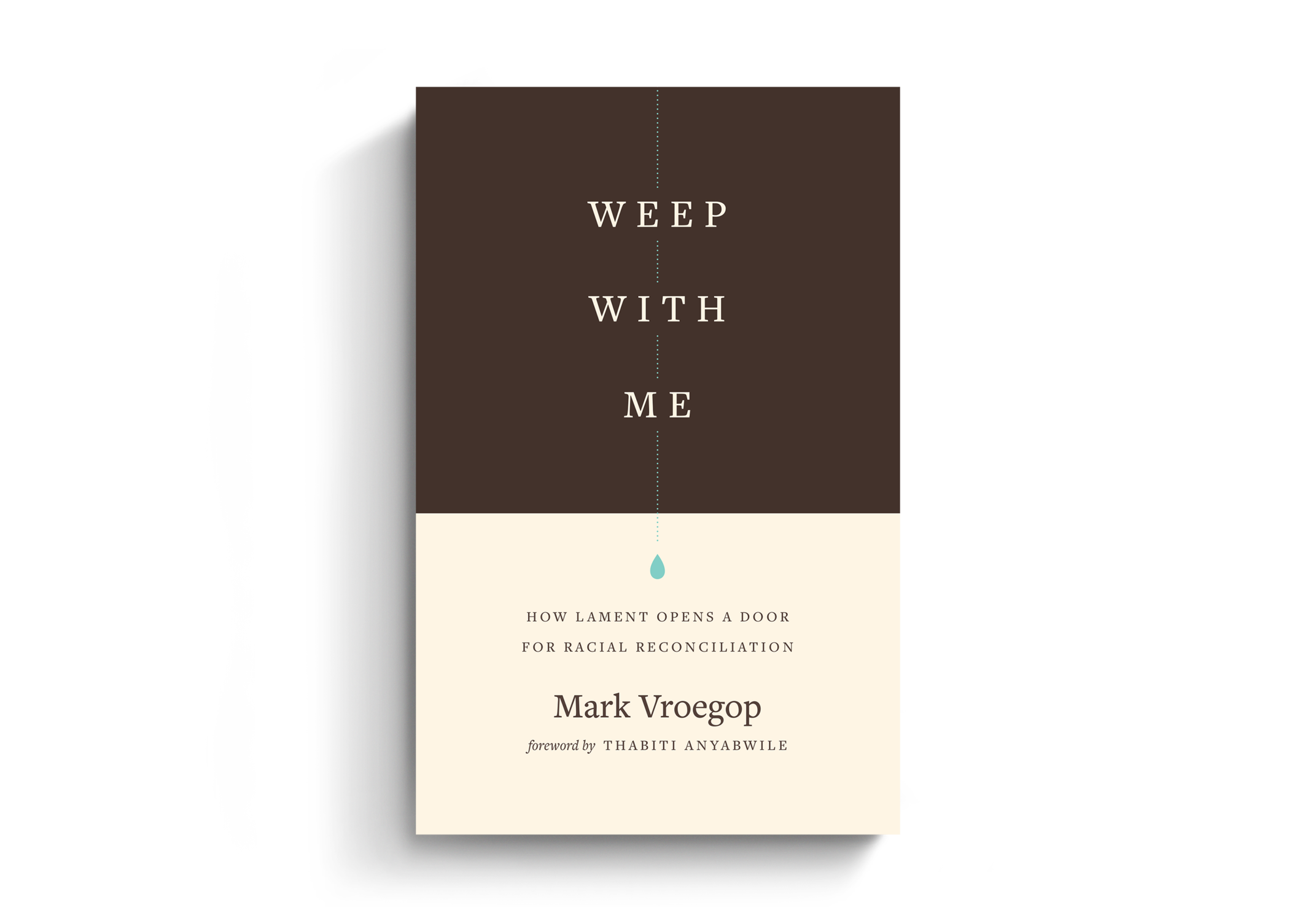
I know I said that this blog would contain two book reviews. However, I couldn't resist sharing some thoughts first and then only adding one review. The other will come next month. Instead, I wanted to share with you some more thoughts on the purpose of this blog.
Hebrews 11 describes the faith that has activated believers beginning with Abel. “Now faith is the assurance of things hoped for, the conviction of things not seen. For by it the people of old received their commendation,” the first two verses say. I read something recently that says while we tend to think of these commended people as heroes of the faith whose lives we should emulate, according to chapter 12, verse one, the men and women listed are rather “witnesses.” Rev. Ken Jones in the February 2020 issue of “Tabletalk” writes: “These saints are witnesses to the efficacy of God's grace for those to whom He has given the gift of faith.”
“ The thing that amazes is how stiff-necked, self-righteous, flawed, anxious, fearful, failing people can rise to such great accomplishments when they place their faith in God. ”
This is the intent of the stories shared in “Living Letters” as well. Embracing Jesus Christ through faith has redemptively changed us all, and sharing our stories encourages and inspires our faith to grow. The thing that amazes is how stiff-necked, self-righteous, flawed, anxious, fearful, failing people can rise to such great accomplishments when they place their faith in God. Only then do we see His strength and power resting in them and on them, and causing them to behave and accomplish deeds otherwise impossible with strictly human efforts. Indeed, these are the ones witnessing God's faithfulness to them! As these witnesses take the stand in the world's courtroom, they are affirming Truth to all who hear, both believers and unbelievers.
I recently hosted a family reunion for my parents' children, grandchildren and great grandchildren. Going through old photographs while preparing for it, I was thankful for those who had preceded me, thinking about how their lives had directly and indirectly affected me.
My father's mother escaped Europe at the turn of the 20th century when as a German living in Poland, political unrest was growing rapidly. She fled with her cousin, hidden in a hay wagon and avoiding the patrolled border crossings of Germany. My grandfather also left about the same time as the turbulence before World War I was beginning, wanting to avoid war and being ordered to fight. My grandparents did not know one another then. As young adults, each left their own family behind to come here. But had they not made the choice to come here and marry, there would be no family reunions now with these same people. God had everything to do with bringing them safely to this country, causing them to meet, and most of all, bringing them to Himself and into His family.
“ God had everything to do with bringing them safely to this country, causing them to meet, and most of all, bringing them to Himself and into His family. ”
They spoke of God often to their children, taught them His word, and witnessed to anyone who listened. He changed their lives dramatically and led them through both trials and victories. God has used their witness to reach successive generations. In fact, we are now as many as five generations removed from them and still many believers among us.
“Therefore, since we are surrounded by so great a cloud of witnesses, let us also lay aside every weight, and sin which clings so closely, and let us run with endurance the race that is set before us, looking to Jesus, the founder and perfecter of our faith” (Hebrews 12:1-2).
May our own faith continue to grow so that we, too, become great witnesses to the redemption found in Jesus Christ alone.
Weep with Me: How Lament Opens a Door for Racial Reconciliation
by Mark Vroegop
Crossway, 2020
The first time I remember seeing anyone of African-American descent was in the town where the church my family attended was located. Ravenna, Ohio, at that time had a population of about 10,000 and was the county seat. I stayed with my aunt during school hours every day while my mom taught first grade. One morning my aunt took me to visit a friend of hers who lived in a part of town I had never been in. The houses were small and the streets were not shaded and pristine like other streets in town.
When we got back to the car, I remember asking my aunt how she knew this lady with a different skin color than ours. I was simply curious, having had no previous exposure. My aunt explained that the lady attended a different church than we did, but a church similar to ours. I asked why she didn't just come to our church. I don't remember the exact answer I received; but as a child, I do remember thinking that was simply the way things worked. Whites went to white churches. Blacks went to black churches.
“ Weep with Me opens the subject of racial reconciliation in the Church, particularly pertinent for a time like this. ”
Weep with Me opens the subject of racial reconciliation in the Church, particularly pertinent for a time like this. The author believes lament is a good first step towards achieving reconciliation. Often, we gloss over the term “lament” without thinking much about it, even though it is being used more commonly in the church today. Vroegop defines it as “a prayer in pain that leads to trust…. The goal of a lament is to recommit oneself to hoping in God, believing His promises, and a godly response to pain, suffering, and injustice.” Words of lament can be found throughout scripture, but most emphatically in the Psalms and in the book of Lamentations.
Vroegop, who is lead pastor of College Park Church in Indianapolis, Indiana, explains how lament serves as a bridge in relationships, spurs repentance, and implies listening, walking, and praying with one another. It is vitally important that those of us in the church practice lament as a means to bring unity and wholeness to the broken places within the church.
I hear multiple opinions from Christians of all races right now. We grow up in families and church groups who have influenced how we think, but they may not necessarily be following biblical principles. Lamenting is personal, empathetic, and does not politicize our responses to racial disunity or judgmentally polarize us against one another. It understands that in Christ there is no discrimination. Our nation's history has left scars and long-lasting repercussions between blacks and whites that continue to affect everyone—even the Church of Jesus Christ.
“ Lamenting is personal, empathetic, and does not politicize our responses to racial disunity or judgmentally polarize us against one another. ”
This book urges us to consider what the Bible teaches, and how to actively love all of our brothers and sisters in Christ, taking our thoughts captive, and questioning their validity. Are we resting on our own opinions that may be politically fostered? Or, are we striving for unity in the church and loving others as Christ has loved us?
Do churches with white majorities create an atmosphere where minority members are heard? Do we listen to their stories? Do we empathize with one another? “Racial reconciliation is possible only in the context of relationships,” Vroegop writes. “As I've gone deeper relationally, I've discovered there is far more pain under the surface than what I imagined. My brothers and sisters have many painful stories, but you need to have relational credibility before they'll share. The personal nature of the pain and years of rejection create a deep-seated caution about being open and sharing their pain. That's another reason why the chasm between the white and black gets wider and deeper.”
Weep with Me discusses lament in the Bible and history. One section written on lament and majority Christians in the American church emphasizes empathy, breaking silence on racial injustice, and remorsefully remembering both past and current prejudices. Another section focusing on lament and minority Christians discusses protest as the voice of exiles, practicing lament in crying out to Jesus, and running to Him, trusting Him to hope and heal. Every chapter ends with a lament prayer by various Christian leaders. A three-part appendix offers Psalms of lament and practical ideas for personal lament and racial reconciliation.
“ Racial reconciliation is possible only in the context of relationships. ”
Here is a book that takes an active step toward unifying the Church. Vroegop writes, “In the book of Romans deep disagreement based upon culture, backgrounds, and preferences threatened to divide the church. They created an unwelcoming culture among members. Battle lines were drawn. Tribes formed. Emotions ran high. Paul called them to a bigger vision:
‘May the God of endurance and encouragement grant you to live in such harmony with one another, in accord with Christ Jesus, that together you may with one voice glorify the God and Father of Our Jesus Christ. Therefore welcome one another as Christ has welcomed you, for the glory of God' (Romans 15:5-7).”
https://www.crossway.org/books/weep-with-me-tpb/
Finally, here is a wonderful story of lament, redemption, and forgiveness made possible by Jesus Christ, which illustrates perfectly the intent of Weep with Me.


Send Me A Message